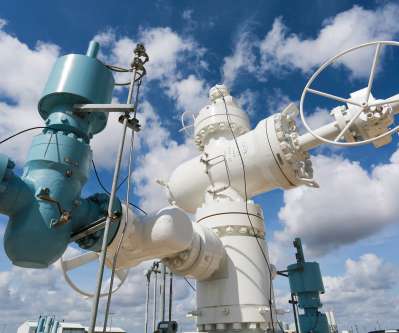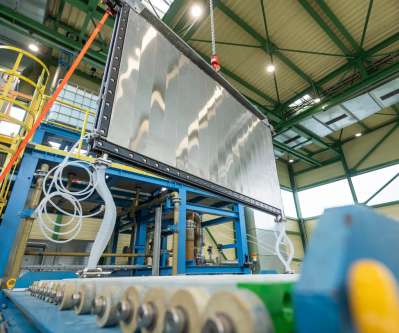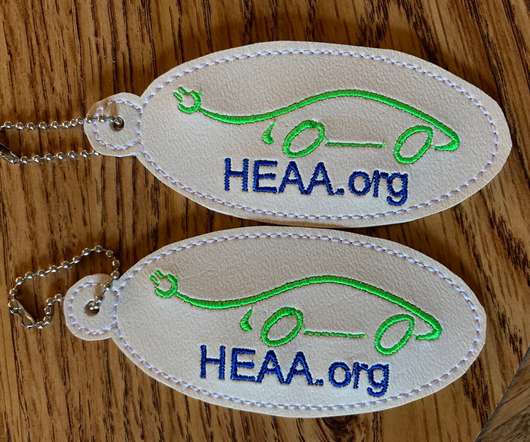Mitsubishi Power & Texas Brine partner on large-scale salt cavern storage for hydrogen to support decarbonization efforts in the eastern US
Green Car Congress
MAY 13, 2021
Mitsubishi Power Americas and Texas Brine Company are collaborating to develop large-scale long-duration hydrogen storage solutions to support decarbonization efforts across the eastern United States. Texas Brine gas storage cavern wellhead. Credit: Texas Brine Company).











































Let's personalize your content